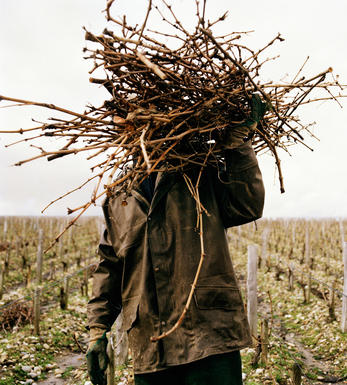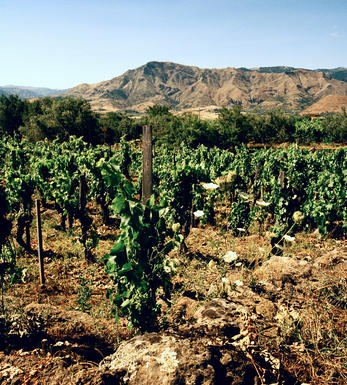
2004 Barbaresco, Serraboella, Cigliuti, Piedmont, Italy

Critics reviews
Antonio Galloni - 30/10/2008
About this WINE

Cigliuti
The Cigliuti family have been in the business for four generations, though it was not until 1964 that Renato, the present winemaker, began bottling the wine to sell. Of their 8 hectares, 6 are used for vines and 2 for their continuing hazelnut business. He is now helped in the cellar by his daughters, Claudia and Silvia.
The Cigliutis practise "lutte raisonee", using only copper sulphate in the vineyards. Fermentation is done in stainless steel at controlled temperatures and maturation takes place in Slovenian and French large barrels and barriques.
The Dolcetto is aged in big oak barrels for 2-3 months, an immensely attractive red fruited wine, spicy, with bright acidity and for early drinking. The Barbera is a particularly beautiful wine, one of the best modern style examples of this grape you can find.
The Briccoserra has traditionally been a blend of Nebbiolo and barbera but now includes 10% Cabernet Sauvignon. Aged for 15 months in new barriques, but with such complexity of flavour that you would hardly know. The Barbaresco is aged in both large old oak barrels (60%) and new barriques (40%).

Barbaresco
The Piedmontese DOCG zone of Barbaresco is responsible for producing some of Italy’s finest wines. It occupies the same region and uses the same grape (Nebbiolo) as its bigger brother Barolo, but is a third of the size (only 640 hectares versus Barolo’s 1,700 hectares). It is also 50 years younger than Barolo, having produced wine labelled Barbaresco since 1890.
Barbaresco earned its DOCG after Barolo in 1980, largely thanks to the efforts of Angelo Gaja. The soils are lighter here than in Barolo – both in colour and weight – and more calcareous. The slopes are also less favourably situated and (relatively speaking) yield earlier-maturing yet extremely elegant wines that require less oak ageing (normally one year in oak plus six months in bottle). The appellation’s key districts are Barbaresco, Treiso, Neive and Alba.
Recommended producers: Cigliuti, Gaja, Marchesi di Gresy

Nebbiolo
Nebbiolo is the grape behind the Barolo and Barbaresco wines and is hardly ever seen outside the confines of Piedmont. It takes its name from "nebbia" which is Italian for fog, a frequent phenomenon in the region.
A notoriously pernickety grape, it requires sheltered south-facing sites and performs best on the well-drained calcareous marls to the north and south of Alba in the DOCG zones of Barbaresco and Barolo.
Langhe Nebbiolo is effectively the ‘second wine’ of Piedmont’s great Barolo & Barbarescos. This DOC is the only way Langhe producers can declassify their Barolo or Barbaresco fruit or wines to make an early-drinking style. Unlike Nebbiolo d’Alba, Langhe Nebbiolo can be cut with 15% other red indigenous varieties, such as Barbera or Dolcetto.
Nebbiolo flowers early and ripens late, so a long hang time, producing high levels of sugar, acidity and tannins; the challenge being to harvest the fruit with these three elements ripe and in balance. The best Barolos and Barbarescos are perfumed with aromas of tar, rose, mint, chocolate, liquorice and truffles. They age brilliantly and the very best need ten years to show at their best.


Buying options
Add to wishlist
Description
Compared to its sister wine 'Vigna Erte', the older vine, single-vineyard Serraboella is altogether denser, meatier even with rich round black cherry and china tea notes; the palate's more hedonistic too, with bragging power and fleshy voluptuousness.
(David Berry-Green - BBR Buyer)
wine at a glance
Delivery and quality guarantee